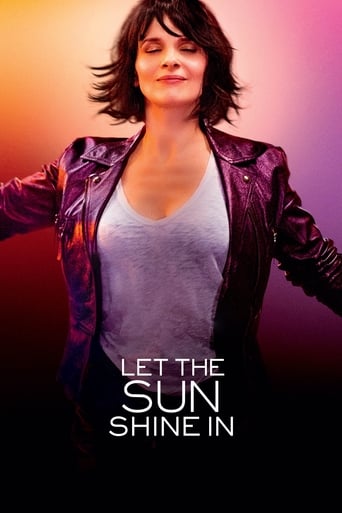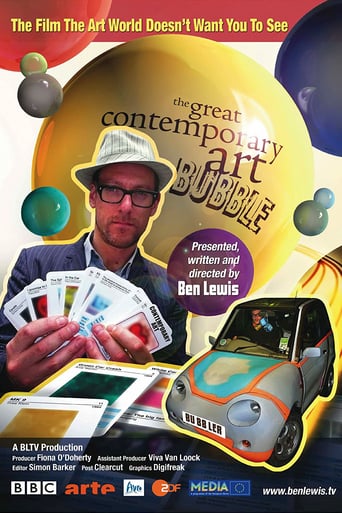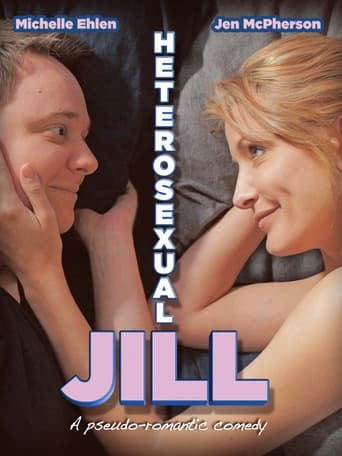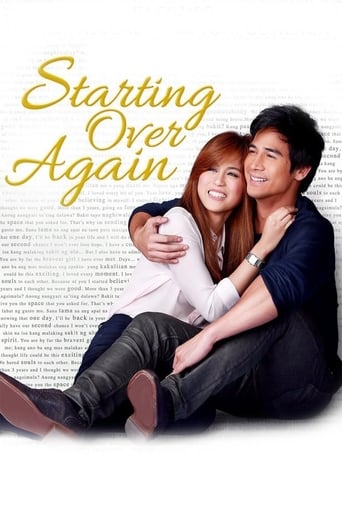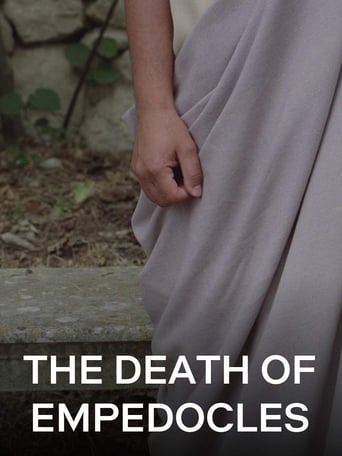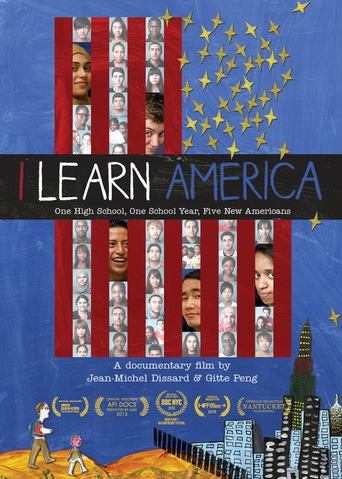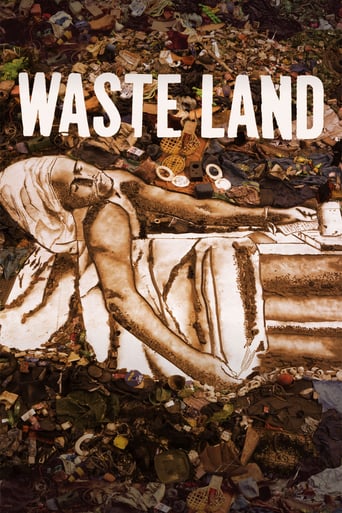
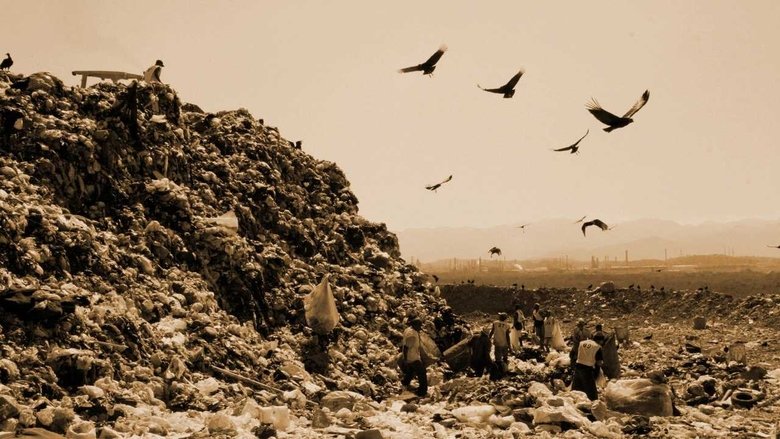
Waste Land (2010)
An uplifting feature documentary highlighting the transformative power of art and the beauty of the human spirit. Top-selling contemporary artist Vik Muniz takes us on an emotional journey from Jardim Gramacho, the world's largest landfill on the outskirts of Rio de Janeiro, to the heights of international art stardom. Vik collaborates with the brilliant catadores, pickers of recyclable materials, true Shakespearean characters who live and work in the garbage quoting Machiavelli and showing us how to recycle ourselves.
Watch Trailer
Cast


Similar titles
Reviews
An moving documentary highlighting the transformative power of art, and the beauty of the human spirit. Top-selling contemporary artist Vik Muniz rooted in New York decides to give back to a community where he was born and raised. He travels to Jardim Gramacho, the largest landfill in the world on the outskirts of Rio de Janeiro. With the intention to help the pickers to improve their lives using his art, what starts as an introduction to the devastating poverty and lack of infrastructure in the slums of Rio de Janeiro, begins to transform into a story of unrelenting spirit, strength, and inspiration. Perhaps director Lucy Walker initially intended to make the film about Muniz. If so, her subject led her to a better one; as he returns to Rio to photograph pickers for a series of portraits, she begins to focus on their lives. We see where they live, we meet their families, we hear their stories, we learn of the society and economy they have constructed around Jardim Gramacho, the "Garbage Garden." Zumbi, a member of the association, who began a library from his home from books that had been discarded, Irma, a cook who makes stews and roasts from edible meat to feed the workers, Suelem, an 18-year old girl who has been working in the garbage dump since she was only seven years old, and Valter, an elderly man who entertains with stories and songs and who decides to participate because he believes that "it will raise awareness of all us pickers." Once the initial photographs are made, Muniz projects an enlarged version of each photo onto the floor of his studio and hires the pickers to add refuse from the landfill onto the canvas, photographing the result from overhead. This then becomes the finished art work, ready to be exhibited at auctions and museums around the world-- with the pickers traveling to such cities as London and New York, the first time they have ever left Gramacho. (Heavily debated decision and the possible ramifications.) Life is unpredictable that way. "Waste Land" is a testament that things can go from good to bad in an instant. But they can also improve just as quickly. A social documentary based around a self reliant community of people disregarded and largely ignored, who find unrealized beauty in their everyday work, modern art, and in themselves. I can never again put out my recycling bin without giving thought to how much more this film communicates than just that.
It never ceases to amaze me how people can change lives when they decide to. There are so many out there that have the capability and means to make a difference and do so. Vik is an inspiration. He remembers where he grew up and does what he can to help many who hail from the same area in Rio. Lovely, hard-working people that love their families, opportunities and lives. So many of us that struggle with daily grind and complaints need to turn to films such as these to see how fortunate we really are. I know I am, blessed indeed. I truly do care about these folks and was moved by their lives. Everyone has a story and many are not easy to hear, but they put the stories out there. No qualms, no shame. We should all be so open and realize what fortunes we do have.
Vic Muniz's art has never been as influential as when he decided to spend 2 years at the world's largest landfill outside of Rio. The catadores or pickers became his subjects, a ragtag group of Shakespearean types who love what they do for a living, making something out of someone else's nothing. Waste land is the title for this engrossing documentary about art as few have experienced it till now.Making a living is what they made until Muniz changed the way they looked a recyclables. He bonded the artifacts with the humans and created memorable portraits of the pickers. A show in London, which they attended, became a catalyst for change in their lives and in the lives of spectators who had no idea Rio's garbage had become Rio's recyclables under the hands of these professional pickers.Muniz makes sure no one condescends, no one feels sorry for his subjects, some of whom have never known anything but the landfill and others who have chosen it rather than deal drugs or prostitute themselves. Waste Land is as dignified a story about the potential of the poor class to rise out of its garbage and transform it into art and a better life. For this reason, Muniz can stand with the great humanitarians like Albert Schwitzer and Mother Theresa.
Humans today are defined by the trash we produce. No other population that has ever lived here has produced the sheer volume of trash that we have done, in our disposable societies. What are we throwing away? What happens to it? I think we all sort of know. We just don't like to admit it.This is a documentary about Brazilian artist Vik Muniz, successful in the USA, returning to Brazil, north of the city of Rio de Janeiro. In particular, he travels to the world's largest landfill of the day, Jardim Gramacho, where numerous people spent years of their lives digging through the trash for valuable recyclable materials, and a meal. Yes, it's like that. (Fortunately this film isn't about electronic waste...) But these are not people beaten-down by their position. They pride themselves on the value of their work. As one man says, they recycle everything we miss, because "99 is not 100". We are in a trash crisis and landfills must grow as slowly as possible. Some of the women say they regard the work as honest, in comparison with prostitution. I was surprised they used the word "honest" as opposed to "safe" or "clean".We're not fooled that these people are pleased about things. But they have self-respect and a sense of humour.Vik's art apparently involves photographs of objects usually not considered artistic, but arranged in artistic ways. He continues this form at Jardim Gramacho, directing the creation of portraits of the surprisingly educated workers he meets living there. (Books arrive, like everything else, in the trash, affording the pickers opportunities to self-educate.) The very large portraits are created on a floor using the materials Vik's subjects work with, mostly various forms of recyclable plastic. These are then photographed and shrunk down to something around 2' x 3'.The film could get a bit wobbly when Vik's team realizes that the expectations of his subjects may be higher than he can deliver. They want their lives improved. But it works out. Vik takes his subjects to see their plastic-portrait-photos exhibited and sold for eye-popping amounts of money. It's refreshing to see that even as Vik understands how to manipulate and respect the art world, he also understands how ludicrous it is. I'm not sure what percentage went to the subjects, but they were able to use the money to better their lives in various ways, and to better the whole community of trash pickers (who prefer "recyclable material pickers" because they don't keep the trash). Copies of the photos are then returned to the original subjects, for display in their own homes.You think I just spoiled it right? (But I did warn you). Still, it really has to be seen to be believed and understood. These are wonderful people, in unpleasant circumstances that are more common, and easier to fall into, than we'd like to admit.


